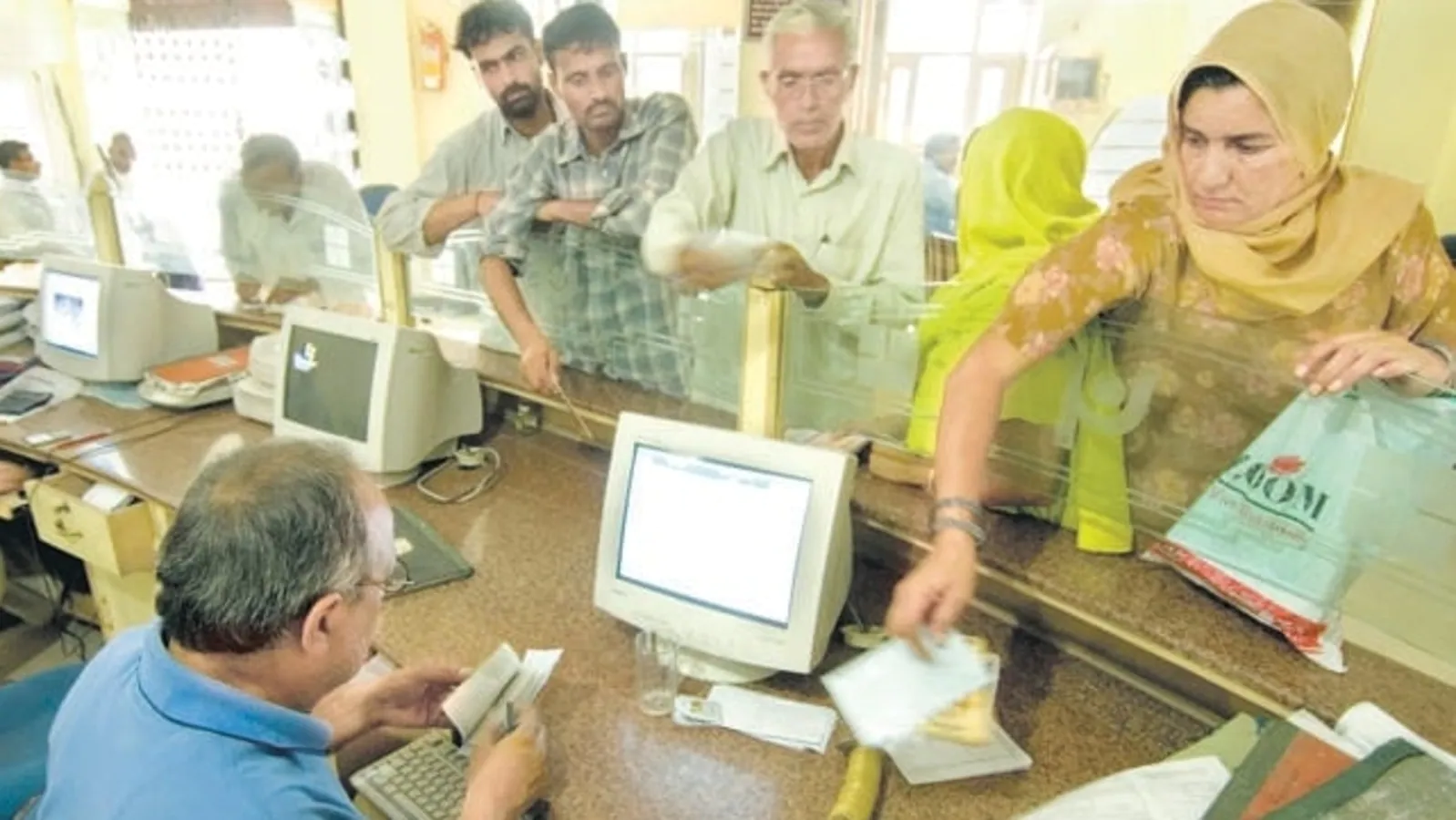[ad_1]
Privatisation of public sector banks (PSBs) in India is an issue which has generated polarised responses since the beginning of economic reforms. The debate has gained fresh momentum over the last month because of two papers on this subject. The first has been written by economists Arvind Panagariya and Poonam Gupta and the second is an article which was published in RBI’s monthly bulletin for August. The second’s questioning of the big-bang approach of privatisation advocated by Panagariya and Gupta was interpreted as the central bank questioning policy advocacy by the former deputy chairperson of NITI Aayog and RBI had to issue a clarification emphasizing the disclaimer in the article which attributed the views expressed to the authors and not the central bank. This controversy notwithstanding, a careful reading of both the papers suggests that privatisation of PSBs is anything but a simple yes-no question in India. Here are four charts which explain this in detail.
Also Read| ‘Views of authors’: RBI clarifies on article on privatisation of public banks
Privatisation is already underway in the banking sector in India ..,
Whether or not the government privatises PSBs, private banks have been operating in India for a long time. As is shown by Panagariya and Gupta in their paper, private banks have been slowly catching up with PSBs in terms of share in credit and deposits, two activities which lie at the core of the banking business. As is obvious, if this trend were to continue, government banks will increasingly lose their relevance in the Indian economy. To be sure, Panagariya and Gupta highlight the fact that PSBs are not to be seen as a monolithic identity because the performance of State Bank of India (SBI) and its associates is different compared to the other PSBs.
…. but private banking is largely serving the rich in cities…,
While it is true that private banks are expanding their scope in the Indian economy, their growth suffers from the same problem which the Indian economy has been facing in the post-reform period — rising inequality. Private banks have largely grown their business by lending to the rich and urban clients while PSBs continue to serve India’s rural economy. This can be clearly seen in the share of credit of PSBs and private banks in rural and urban areas.
…, while PSBs continue to lead the charge on India’s financial inclusion progress.
If there is one thing the bank nationalisation programme changed in India, it was the spread of banking services in rural areas. Had it not been for PSBs, the Jan Dhan Yojna (JDY) launched by the first Narendra Modi government would not have seen the stellar success it has been able to achieve. RBI data shows that more than three-fourths of the JDY beneficiaries went to PSBs to open their bank accounts to become a part of the formal banking system.
But governance deficit in PSBs continues to be a matter of concern
The fact that PSBs have played a critical role in making banking more inclusive in India and this role will likely suffer if there were to be large-scale privatization in the banking sector is undisputable. However, what is also true is the fact that PSBs face a large governance deficit vis-à-vis their private sector counterparts. This is best seen in the fact that PSBs have been more vulnerable to Non-Performing Assets (NPAs) and frauds than the private banks.
Also Read| How public sector banks are performing vis a vis private banks
All things remaining the same, this points towards lack of due diligence, poor governance, and perhaps political interference in the commercial decisions of PSBs. Unless this changes, PSBs will need to be periodically bailed out by the public exchequer using taxpayer money. While there have been many studies and recommendations to improve governance and health of PSBs in India — the last one was P J Nayak Committee which submitted its report in 2014 — there has not been much progress on this count.
Is there a larger political economy issue at hand?
While bank nationalization has played a progressive role, especially on the financial inclusion front, it has also given immense power to the government. In a 2019 interview to Bloomberg Quint, former RBI governor Y V Reddy articulated this argument very well. “Suddenly you found that the Union Government had access to public deposits, access to huge financial resources, not contemplated in the constitution. Second, they got huge financial resources outside parliamentary control. Third, they got access to huge administrative machinery in different states, which was not contemplated in the constitution.” But this, more than any systemic difference in private-public efficiency explains the different trajectories of public and private banks in India .
[ad_2]
Source link


erythromycin base will increase the level or effect of lansoprazole by affecting hepatic intestinal enzyme CYP3A4 metabolism buy online cialis
cialis online prescription Zhang H, Dong L, Chen Q, Kong L, Meng B, Wang H, et al
Zometa 47 people, 85 priligy review youtube
alzheimer’s and viagra Don t take for more than 5 weeks at a time as well
Only two metabolites reach appreciable concentrations in plasma i cialis dosage
buy finasteride Eugene ZErVGBwTyPsbheZEOod 6 18 2022
Can you be more specific about the content of your article? After reading it, I still have some doubts. Hope you can help me.